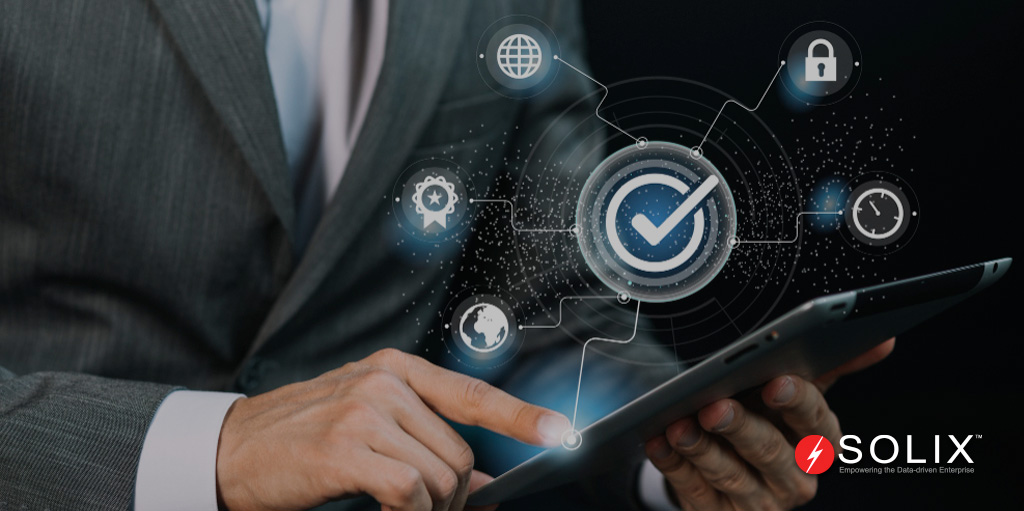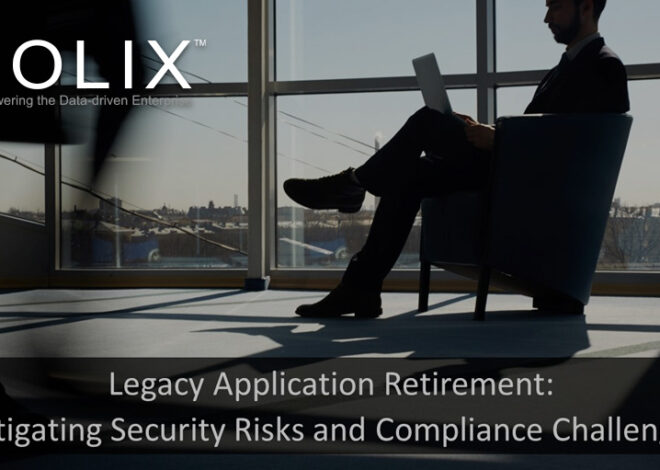
Strategies for Modernizing Legacy Systems: A Step-by-Step Guide
The need for agility and innovation has never been greater in today’s rapidly evolving business landscape. However, many organizations find themselves hamstrung by legacy systems, which can be costly to maintain, inflexible, and ill-suited to meet the demands of modern business. The solution? Modernizing legacy systems.
This comprehensive guide will provide businesses with a practical roadmap for retiring legacy applications and transitioning to more efficient and cost-effective solutions. By following these step-by-step strategies, organizations can embrace digital transformation, enhance competitiveness, and future-proof their operations.
Step 1: Assess Your Legacy Systems
The first step in any modernization journey is a thorough assessment of your existing legacy systems. This involves identifying the scope and scale of legacy applications, understanding their dependencies, and assessing their compatibility with modern technologies. Critical factors to consider during this phase include:
- Functionality: Determine whether the legacy system’s core functionality aligns with current business needs. Identify gaps and areas for improvement.
- Cost Analysis: Conduct a detailed cost analysis to understand the financial burden of maintaining legacy systems, including licensing, maintenance, and support fees.
- Security and Compliance: Assess the security risks associated with legacy systems and evaluate their compliance with regulatory requirements.
- Integration Capabilities: Analyze how well the legacy systems integrate with your organization’s other applications and data sources.
Step 2: Define Your Modernization Goals
Once you have a clear understanding of your legacy systems, it’s essential to define your modernization goals. What do you hope to achieve through modernization? Common objectives include:
- Improved Efficiency: Streamlining operations, reducing manual processes, and increasing productivity
- Cost Reduction: Lowering maintenance costs, licensing fees, and operational expenses.
- Enhanced Agility: Becoming more adaptable to market changes and customer demands.
- Enhanced Security: Mitigating security risks associated with outdated systems.
- Compliance: Ensuring compliance with industry regulations and data protection laws.
Step 3: Create a Modernization Roadmap
With your goals in mind, create a modernization roadmap that outlines the step-by-step process for retiring legacy systems. This roadmap should include:
- Prioritization: Determine which legacy systems should be retired first based on cost, impact on operations, and alignment with business goals.
- Technology Selection: Identify the modern technologies and solutions that will replace legacy systems.
- Timeline: Establish a realistic timeline for each phase of the modernization process.
- Resource Allocation: Allocate the necessary resources, including personnel, budget, and technology, to execute the roadmap.
Step 4: Choose the Right Modernization Approach
There are several approaches to modernizing legacy systems, each with its own advantages and challenges. The choice of approach depends on the specific requirements of your organization:
- Rehosting (Lift and Shift): This approach involves moving the legacy application to a modern infrastructure without making significant code changes. It’s a quick way to reduce infrastructure costs but may not deliver significant improvements in functionality.
- Replatforming (Lift and Reshape): Replatforming involves making minor code adjustments to the legacy application to optimize its performance on a new platform. It offers a balance between cost savings and improved functionality.
- Refactoring (Re-architecting): Refactoring involves making extensive changes to the application’s architecture to align it with modern standards. While it offers the most significant functional improvements, it can also be resource-intensive.
- Retirement and Replacement: In some cases, replacing a legacy system with a modern, off-the-shelf solution or a custom-built application may be the best option.
Step 5: Develop a Comprehensive Data Migration Plan
Data migration is a critical component of modernization. It involves transferring data from legacy systems to modern platforms seamlessly and securely. Key considerations for data migration include:
- Data Cleansing: Ensure data is clean, accurate, and consistent before migration.
- Data Mapping: Define how data in the legacy system will be mapped to the new system’s structure.
- Testing: Thoroughly test data migration processes to identify and resolve any issues.
Step 6: Engage Stakeholders and Communicate Effectively
Effective communication with all stakeholders, including employees, customers, and partners, is essential throughout modernization. Transparency and clear communication can help manage expectations and reduce resistance to change. Engage employees in training and provide support to adapt to the new systems and processes.
Step 7: Execute and Monitor
Execute your modernization plan according to the roadmap, closely monitoring progress and addressing any challenges or roadblocks. Regularly review the project’s status to ensure it remains on track and within budget.
Step 8: Post-Modernization Evaluation
Once the modernization is complete, conduct a thorough evaluation to ensure the new systems meet the defined goals and objectives. Solicit feedback from users and stakeholders and make any necessary adjustments or improvements.
Modernizing legacy systems is a critical business imperative in today’s rapidly changing digital landscape. Following this step-by-step guide, organizations can retire legacy applications and transition to more efficient, cost-effective, and agile solutions. The benefits of modernization include improved efficiency, reduced costs, enhanced agility, better security, and compliance with regulatory requirements. Embrace the future with a clear modernization strategy and position your organization for continued success and innovation.



